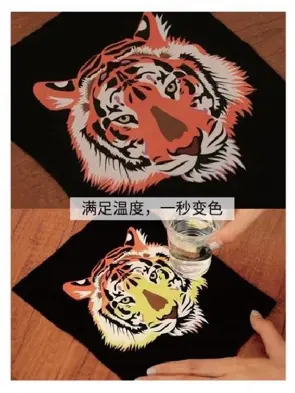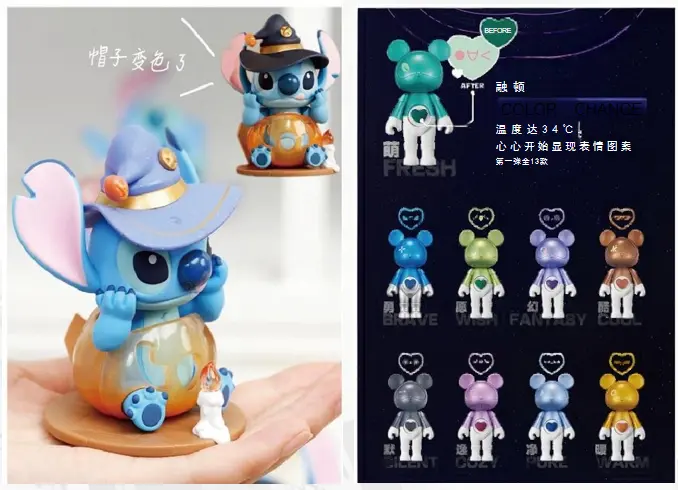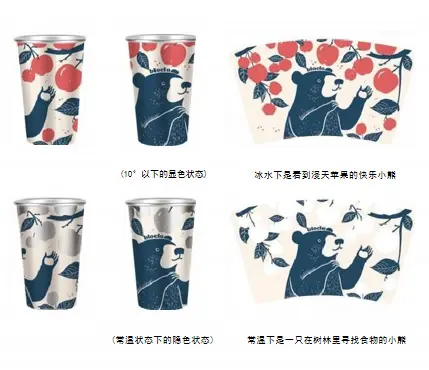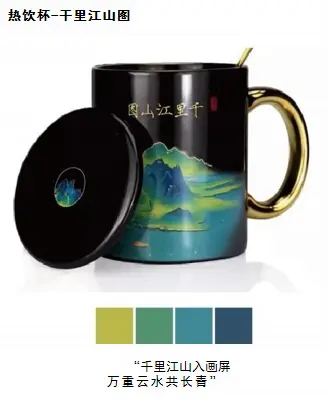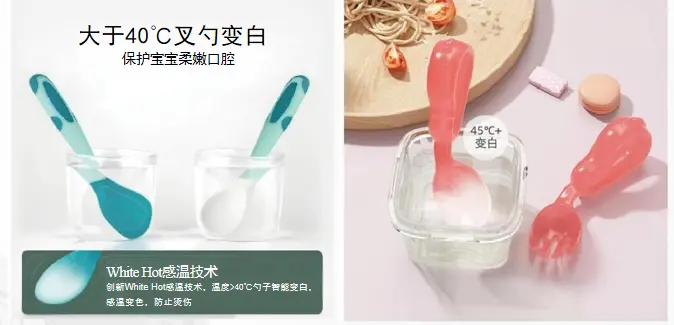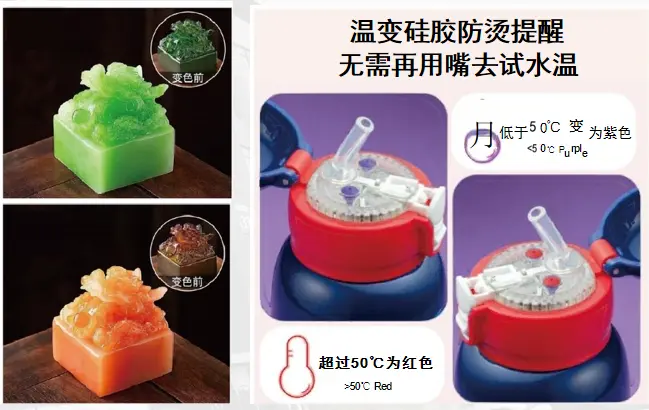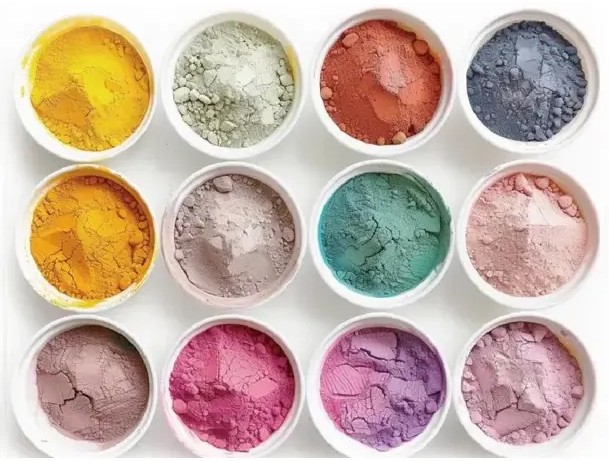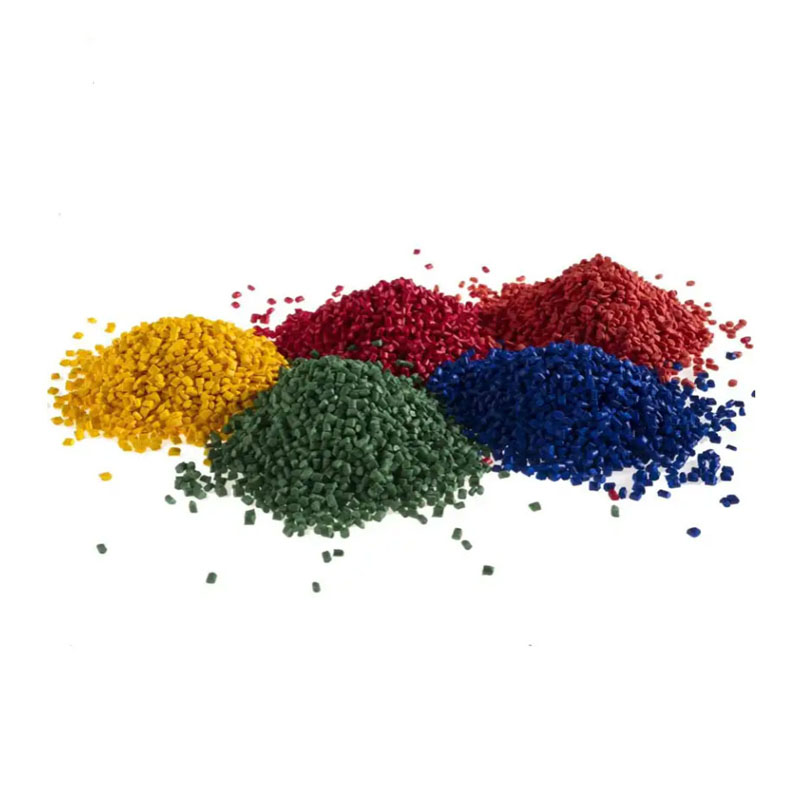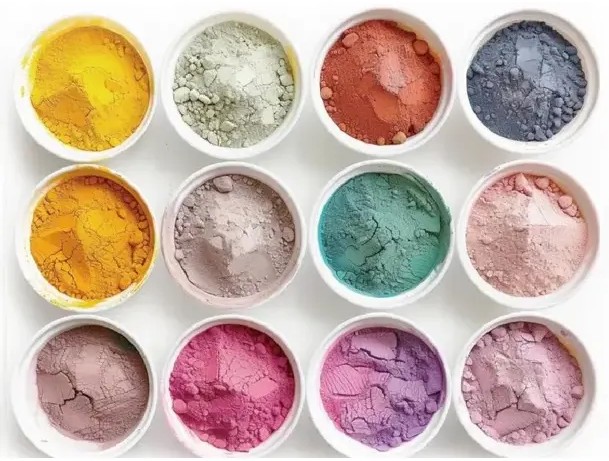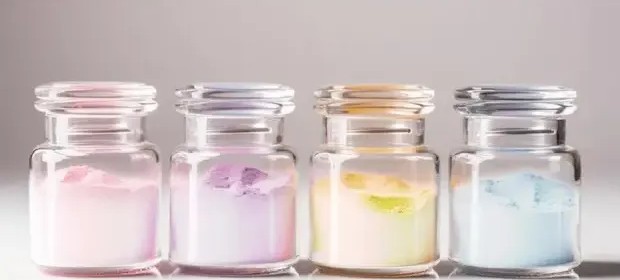Thermochromic Material
Name: Thermochromic Material
Color: Red/Black/Blue/Green/Orange/Yellow, etc
Temperature: 18°C, 22°C,28°C, 31°C, 33°C, 35°C, 38°C, 42°C, 45°C, 50°C, etc
Particle size: 3-5UM
Principle: color change with temperature, color loss at high temperature, color development at low temperature
Morphology: monochromatic, multichromatic
Characteristics: High temperature resistance, solvent resistance, easy to disperse
Universal: Both water-based and oil-based systems are applicable
Substrates: fabrics, leather, metals, glass, resins, plastics, films, ceramics, etc. can be used.
Send Inquiry
The average particle size of Thermochromic Material is 3±1μm, which is a temperature-changing material processed and prepared by microencapsulation technology, which is mainly composed of three parts: color-changing dye, developer and solvent. At high temperature, the color-changing dye and developer dissolve in the solvent, and the system appears white. When the temperature decreases, the solvent gradually solidifies, and the color-changing dye and the developer are close to each other, and under the action of the developer, the structure of the color-changing dye changes, so that the color of the system appears. By regulating the solidification temperature of the solvent, temperature-varying products that change color at different temperatures can be prepared. Conventional products are low-temperature colored and high-temperature colorless, and can also be customized according to customer needs.
Notes:
Thermochromic powder are an unstable system (stability is difficult to change), so their lightfastness, heat resistance and aging resistance are not as good as ordinary pigments, so attention should be paid to them in use.
Lightfastness: Temperature-sensitive pigments have poor lightfastness, and their color-changing function may decrease rapidly under exposure to strong sunlight. Therefore, strong sunlight and ultraviolet light should be avoided, which is conducive to extending the service life of color-changing pigments.
Heat resistance: If there is a high-temperature process, it is recommended that the processing temperature is not higher than about 220 degrees, and when the temperature is higher than 80 degrees, the organic matter that constitutes the color-changing system will also begin to degrade. Therefore, thermovarying pigments should be avoided at temperatures above 75 degrees for a long time.
Do not use highly polar solvents, such as methanol, ethanol, etc., to avoid affecting the internal environment of the envelope due to permeation, which will affect the discoloration performance.
